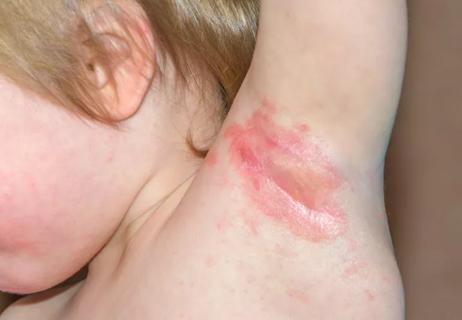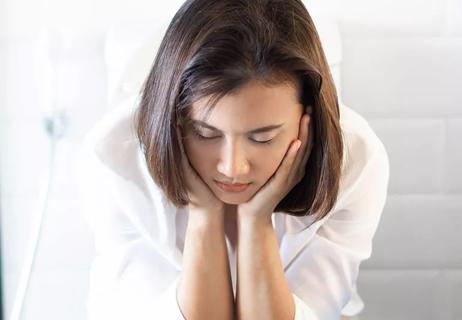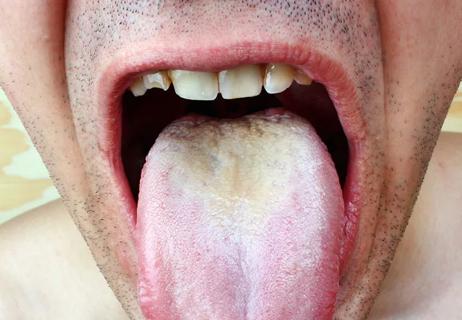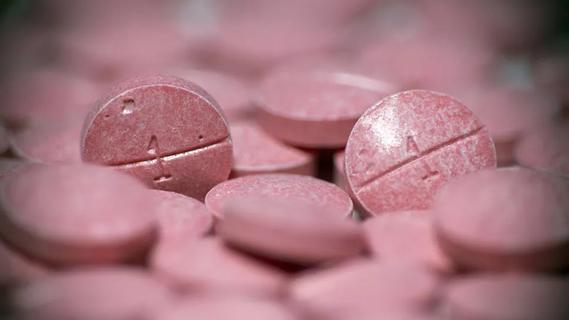Yogurt, vinegar and coconut oil, oh my

When you have a yeast infection, your first thought is probably, “Ah, the itch!” Your second? “How do I get rid of this as fast as humanly possible?”
Advertisement
Cleveland Clinic is a non-profit academic medical center. Advertising on our site helps support our mission. We do not endorse non-Cleveland Clinic products or services. Policy
A quick internet search calls up a treasure trove of trendy home remedies for yeast infections, from apple cider vinegar (ACV to those in the know) to essential oils. But are these treatments actually effective — or even safe?
Ob/Gyn Kathryn Goebel, MD, shares her advice for keeping the yeasty beasties at bay.
Right off the bat, Dr. Goebel spots a problem with treating yeast infections at home. “The biggest issue is that self-diagnosis of yeast infections is not very accurate, especially if you haven’t had one before,” she says.
Bacterial infections, allergic reactions and some skin conditions can cause similar symptoms, so it’s important to have a doctor confirm your diagnosis.
What if you’ve had yeast infections before, and there’s no doubt what you’re dealing with? Dr. Goebel says your best bet is actual yeast infection medication:
Advertisement
Some unlucky women (people assigned female at birth) get recurrent yeast infections, meaning they get to deal with the symptoms four or more times a year. If that’s you, the idea of sitting in an apple cider vinegar bath might not sound so wacky.
But what at-home remedies work and what should you avoid? Dr. Goebel shares her do’s and don’ts for treating and preventing yeast infections:
If you’re eager to hop on the latest trend, buy some new boots or dye your hair pink. But when it comes to treating yeast infections, tried-and-true remedies are your better bet.
Advertisement
Learn more about our editorial process.
Advertisement

Your face? Your armpits? Your butt? Yes, yeast infections can affect many parts of your body

It’s not always a cause for alarm, but it could be a yeast infection

Treat the fungal infection with these solutions

The short answer from an obstetrician/gynecologist

Bleeding is a risk and warrants taking care, but the reward of this lifesaving medication is great

Type 2 diabetes isn’t inevitable with these dietary changes

Applying a hot or cold compress can help with pain